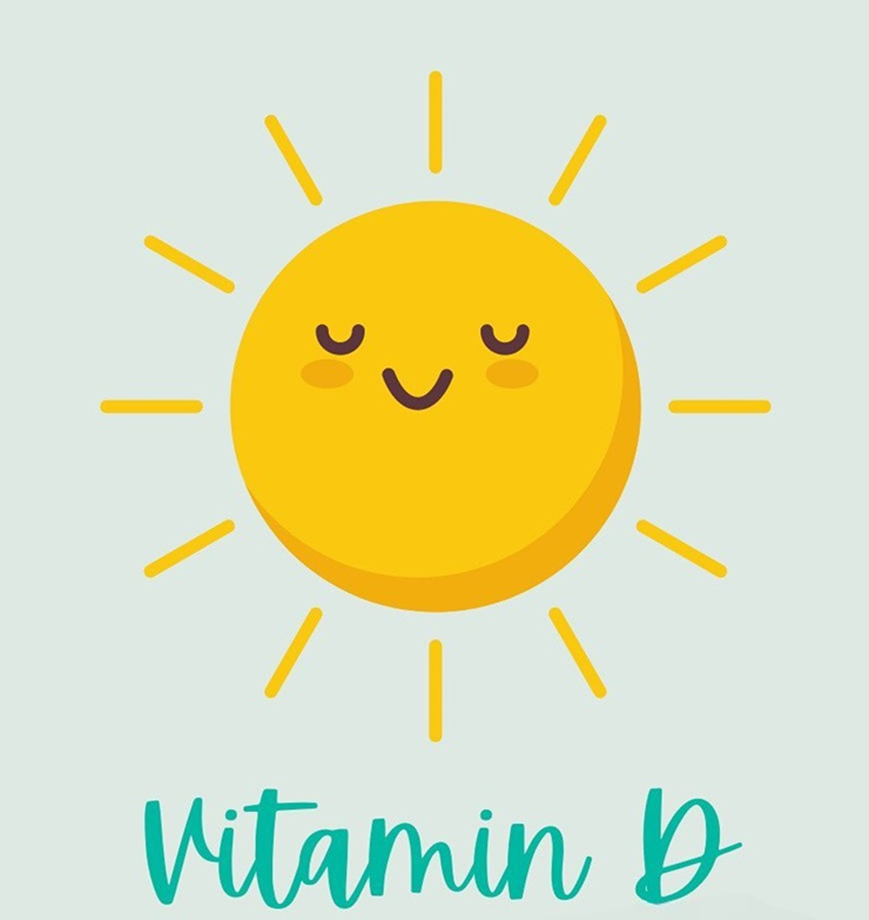How Much Fiber Do You Need On Your Diet?
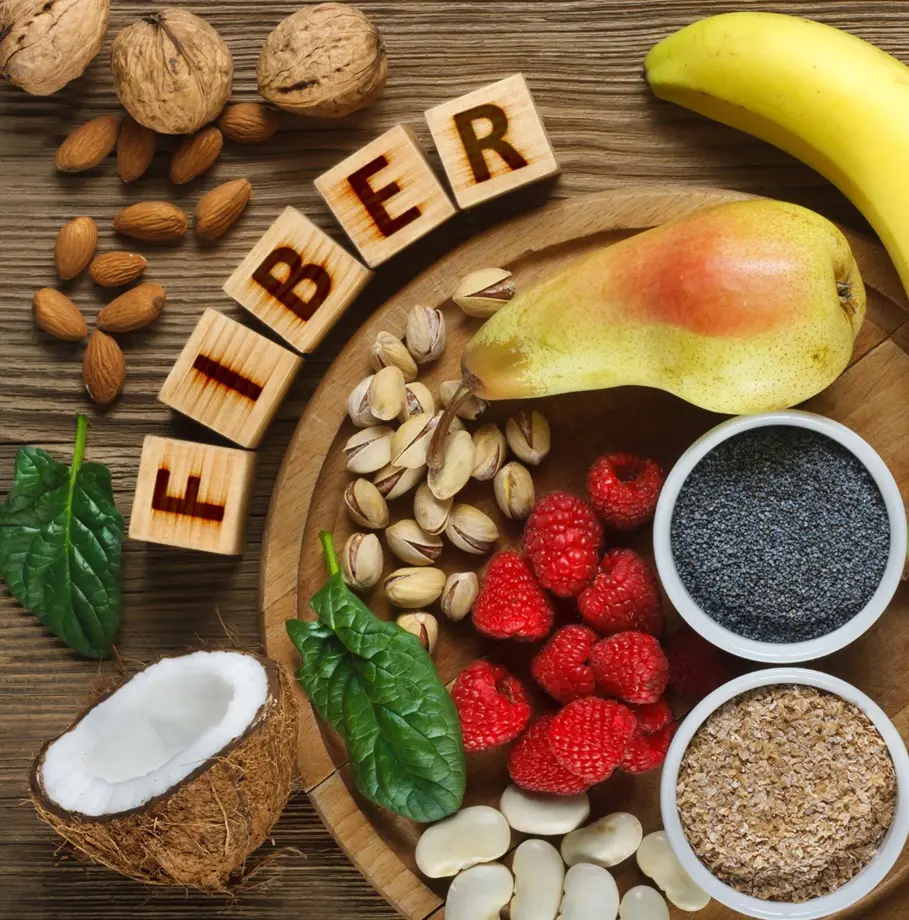
This post may contain affiliate links. If you make a purchase through links on our site, we may earn a commission.
Fibers are what keep our digestive system healthy. Many of us have heard the buzz about how fibers are important and how they keep "things moving", making these nutrients our gut friends.
If after knowing all the basics, the amount of fiber to be added to the diet feels like a bit of a guessing game then we are here to help you. The nitty-gritty can be understood well when you know the amount of fiber needed is not exactly a one-size-fits-all situation but varies with factors like age, gender and calorie intake.
An Overview of Fibers
Fiber is considered a nutrient, but it's a special case. Mainly obtained from plant sources, fibers can not get digested in our body. You heard it right! The structure of the fibers remains intact throughout the digestive system-now, the thing to wonder is about its role!
They are just in our foods to keep our digestion running. Calorie-less and energy-less unlike carbs, proteins and fats, these fibers can be only digested by some animals including cows and rabbits.
Types of Fiber
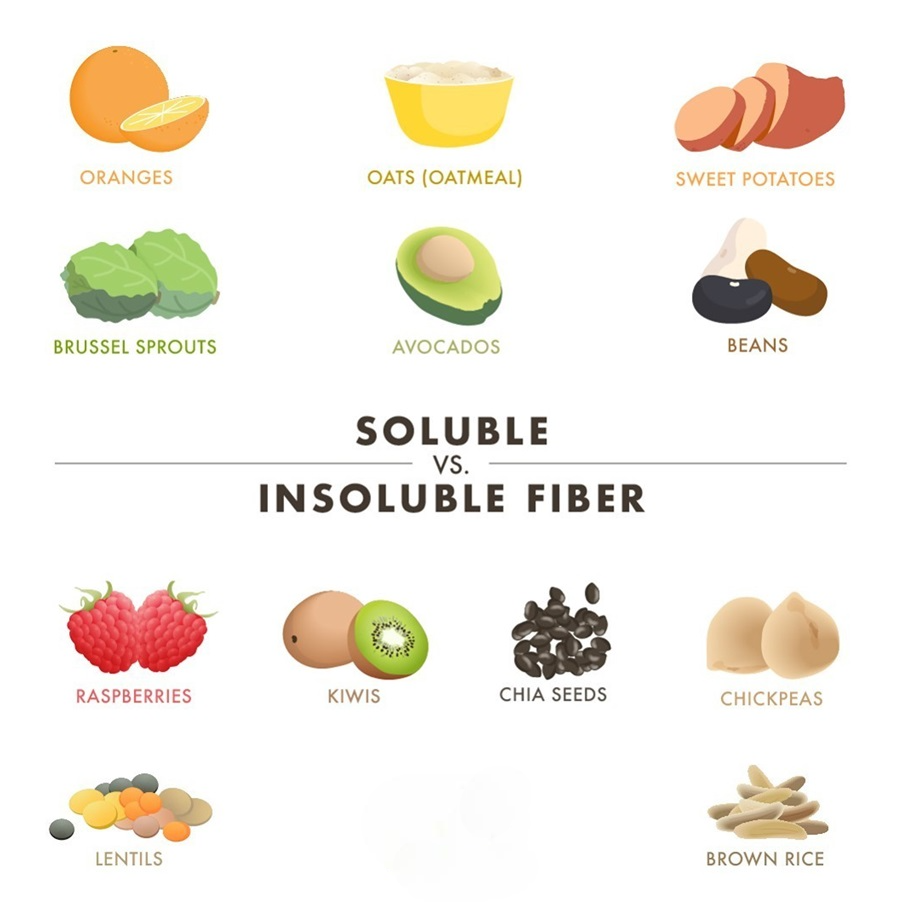
Fibers are divided into two types depending on their solubility in water. They are soluble fiber and insoluble fiber. Both these fibers are important for health. When soluble fibers interact with water in the gut, they form a gel-like consistency. This is similar to how chia seeds swell in the presence of liquid.
As this bulk passes down the intestine, it slows down the rate at which foods are digested. This way, there is more chance of blood sugar getting stabilized and cholesterol levels being maintained.
On the other hand, insoluble fiber does not dissolve in water and just works to add more volume to the stool. This is what helps the foods to easily pass through the entire tract, hence reducing the chances of constipation. Hence, both of these fibers have important roles to play in digestion.
How Much Fiber Do You Need?
The American Heart Association recommends a total of 25 to 30 grams of fiber per day, totally from food. USDA on the other hand suggests intake of fibers at the rate of 14 grams per 1,000 calories of food. This means if your body needs 2,000 calories a day, you should focus on consuming 28 grams of fiber daily.
Although there is no strict guideline made for soluble and insoluble fibers, it is recommended that one fourth of the total fiber you intake should be form soluble fiber and the rest from insoluble fiber.
Fiber Intake Depending On Different Factors
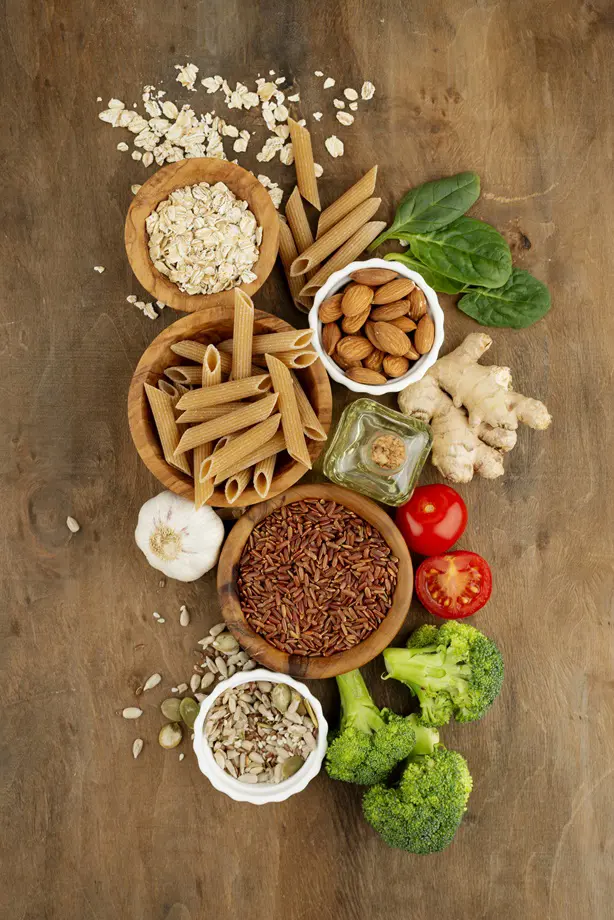
The above-mentioned value by AHA is just a general guideline. Going into detail, there are certain factors that need to be looked upon while deciding the right fiber intake. Some such factors are listed below:
Age
Fibers may not be that important during the initial days of growth which increases as the child grows. Young children consume fewer calories so they don't need much fiber. For instance, if a child aged 7 to 14 years intakes 1000 calories daily then 14 grams of calories is enough for him/her. The amount further increases as they age, all depending on the amount of calories consumed.
On the contrary, the amount should be decreased as we age above 50. At this time, our digestive system gets weaker and should average around 10-12 grams per 1000 calories of food. Above 65+, the amount needs to be lowered even further.
Sex
Males and females don't have the same need for fibers. Women generally tend to have lower requirements compared to males.
For females consuming a diet of around 2000 to 2500 calories, 25 grams of fiber is enough but for the same diet, men should be consuming around 38 grams of fiber. This difference in the fiber amount is due to the larger bodies men possess due to which they will also be consuming more calories.
Amount of Calories Consumed
As a general rule, higher calorie intake means a higher need for calories. The calorie intake can depend on your daily activity level. Anyone who tends to do a lot of manual work should be consuming high-caloric foods, for such people fiber intake also needs to be increased.
On the other hand, people who are on a low-calorie diet should adjust their fiber foods accordingly. It's important not to skimp on fiber-rich foods these days as fibers will help you prevent you from developing a snacking mood-as they are supposed to keep you full for longer.
Fiber-Restricted Diet
Fiber-restricted diets are for those who need to give a break to their digestive system. In such diets, a fiber intake of less than 13 grams is recommended, generally in conditions like surgeries related to the digestive system, diverticulitis, Crohn's disease, or ulcerative colitis.
Scenario of Fiber Intake in the USA
Many data show that Americans have quite low fiber intake than the recommended amount. Approximately 5% of men and 9% of women are said to be getting the recommended amount of dietary fiber daily. The population of America, on average, is found to consume about 15 grams of fiber per day.
The main problem with this low intake lies in the typical American diet. Processed foods, refined grains and almost zero fruits and vegetables on the regular diet take a large part of the population away from the dietary fibers. Relying on foods like bread, and snacks that are stripped of fiber during processing is what makes all miss out on the health benefits of the fiber.
Sources of Fiber
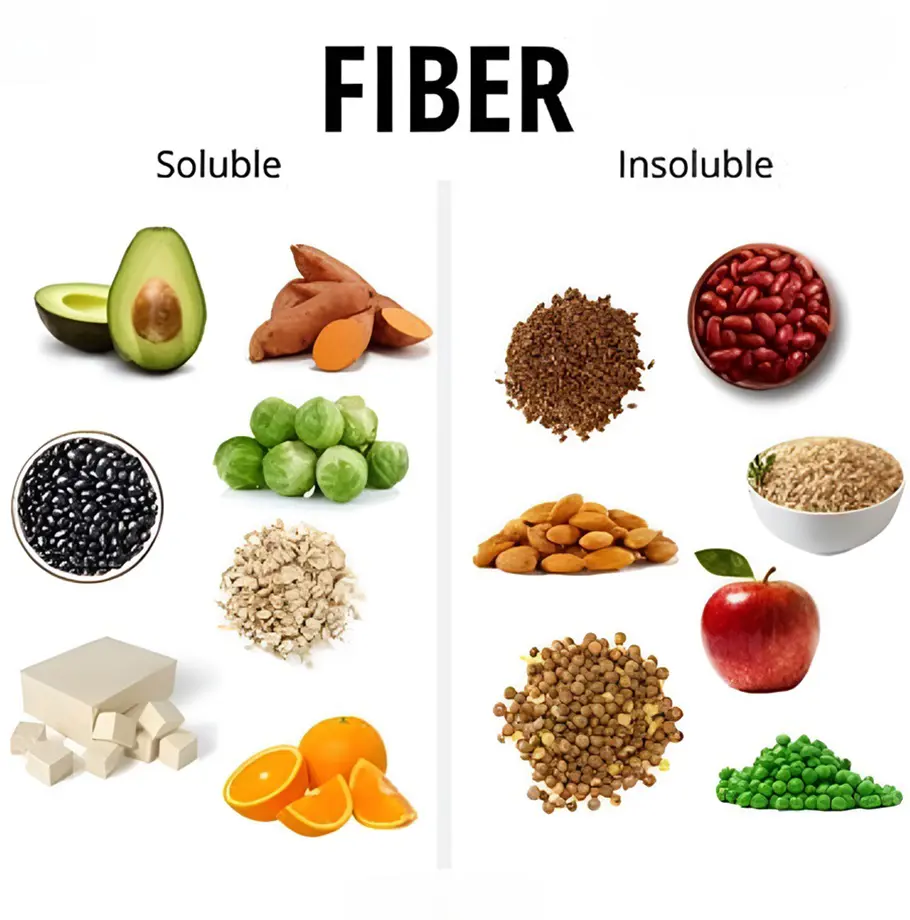
Among all food sources, plant-based foods are high in fiber. The sources of both soluble and insoluble fibers are listed below:
1. Insoluble Fiber:
Whole grains: Whole grains are one of the most abundant sources of insoluble fiber. A half cup of these grains including brown rice, whole wheat, quinoa and barley have 2 to 4 grams of insoluble fiber.
Nuts and seeds: Including nuts and seeds in the diet is another way to increase insoluble fiber intake. For instance, almonds have around 3.5 grams of insoluble fiber per ounce while sunflower seeds have around 3.5 to 4 grams.
Vegetables: The amount of insoluble fibers in vegetables varies depending on the cooked methods as most of them are concentrated on the outer layers of the vegetables. Broccoli, cauliflower, spinach, kale and other dark leafy vegetables are abundant in these fibers, which is around 2 to 4 grams per cup of the cooked ones.
Potatoes: A medium-sized potato has around 3 to 4 grams of total fiber, of which 2 to 3 grams is insoluble fiber. If peeled, the total fiber percentage in potatoes reduces to around 1 to 2 grams.
Fruit skins: The skins of fruit alone are packed with insoluble fibers. The skin of a medium apple has 4 grams of fiber with a significant portion being insoluble ones. Similarly, a medium pear has 5 to 6 grams of fibers on the skin, of which insoluble makes 2 to 2.5 grams.
2. Soluble Fiber:
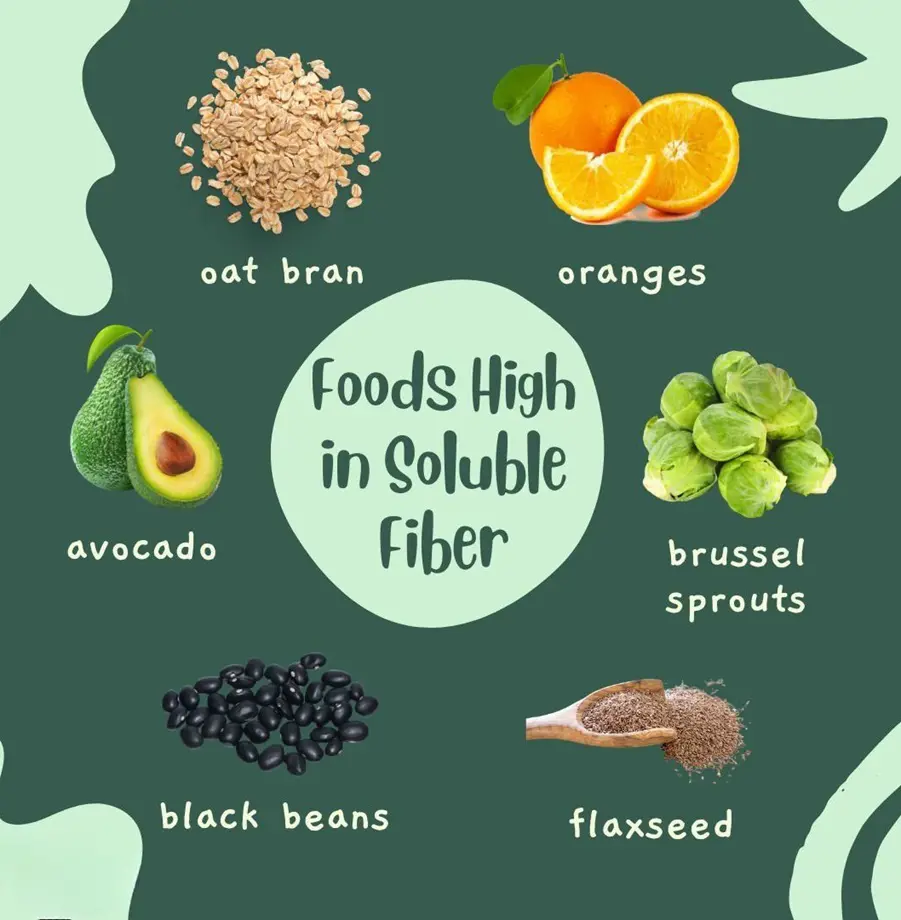
Oats: Oats have about 12 grams of fiber per 100 grams. It is also high in starch.
Barley: 100 grams of barley has about 16 grams of dietary fiber.
Legumes: Depending on the types of legumes, the amount of soluble fiber present differs. Kidney beans (7.8g/100g) are abundant in fiber while other legumes including lentils and chickpeas contain nearly about 4-6 grams of fiber.
Fruits: Apples, oranges, strawberries, and pears are some fruits that are high in both types of fiber. The soluble fiber in these fruits, per medium-size, is somewhere around 2 to 3 grams.
Vegetables: Carrots, sweet potatoes, and eggplant are vegetables you can rely on to meet the recommended dietary allowance of soluble fiber. Similar to the above-mentioned fruits, any of these medium-sized vegetables contain about 1.5 to 3 grams of soluble fibers.
Psyllium: Psyllium is used in fiber supplements because of its high fiber content. Psyllium husk contains about 74% of soluble fibers by weight.
3. Mixed Fiber Sources:
For the proper balance of both of these fibers in your daily diet, you can consider adding mixed fiber food sources. Most of these include the ones we've been already consuming for ages.
Legumes: Legumes are an important part of the diet in many cuisines. Chickpeas, kidney beans and lentils are some such foods that contain both soluble and insoluble fibers.
Fruits: Fruits like apples, pears, and berries often contain a combination of both soluble and insoluble fiber. Whenever you are consuming these fruits for fiber, remember that the fibers are concentrated especially in the skin and pulp.
Role of Fibers

The benefits of fibers are not just limited to digestion. Some of the several roles fibers play in maintaining health are listed below:
Digestion
Starting with the basics, fiber has long been our gut friend. It keeps our digestive tract moving without delays. In cases you feel bloated or tend to be a little backed up all the time, then fiber can be the answer to run things smoothly.
If you are managing things like irritable bowel syndrome (IBS) where a little slowing can make a world of difference then soluble fibers can work best for you. These fibers help to slow down the overall digestion process. So, both of the fibers are a must at your table to avoid all digestion-related discomforts.
Heart Health
Fibers, particularly the soluble ones, have the property to detoxify the body from cholesterol. These fibers can help to remove cholesterol from the body before it gets absorbed, this is done by efficiently binding to the cholesterol.
This effect is what helps lower the bad cholesterol, LDL cholesterol, which has been linked to heart diseases. Fibers also also a natural way to keep blood pressure in check.
Blood Sugar Control
Fibers can also be a health hero when it comes to preventing those dreaded blood sugar spikes. Soluble fibers help decrease the rate of sugar absorption, giving your body time to process it.
If the diets of diabetics focus more on these fibers, then they can profoundly maintain healthy levels of sugar over time. Overall, it's a simple yet powerful strategy to help keep insulin levels in check.
Weight Loss Friendly
Fiber is a secret weapon when it comes to losing weight. It’s low in calories but has a high volume, perfect to fill you up without filling you out.
Consuming fiber-rich foods will send an "I am full" signal to your brain, this means you will be satisfied enough to not get food cravings until you are really hungry. As unwanted snacking is inhibited, your body weight will ultimately be balanced.
Reduces Risk of Colon Cancer
Fibers sound simple to us, but in reality, it has the capability to prevent colon cancer. Studies have also shown this to be true, diets full of fibers, especially the insoluble ones significantly reduce the risk of colon cancer.
The role of fibers here lies in clearing the waste of the colon as fast as possible. The increased mobility means the colon cells don't have to deal with the toxic metabolites, which reduces the chances of toxin accumulation. So, fiber keeps your colon "clean" and moving efficiently, so harmful substances have less time to do damage.
So, including fiber-rich foods in your diet means you are supporting your digestion as well as lowering the risk of cancer risk. It's a win-win!
Good For Gut Bacteria
Different types of fibers are beneficial to gut bacteria. Fibers present in garlic, onion, asparagus, etc serve as food for gut bacteria. The beneficial bacteria can feed on them and hence create a balance in the gut, important for digestive functioning.
Effects Of Low and High Fibers in the Diet
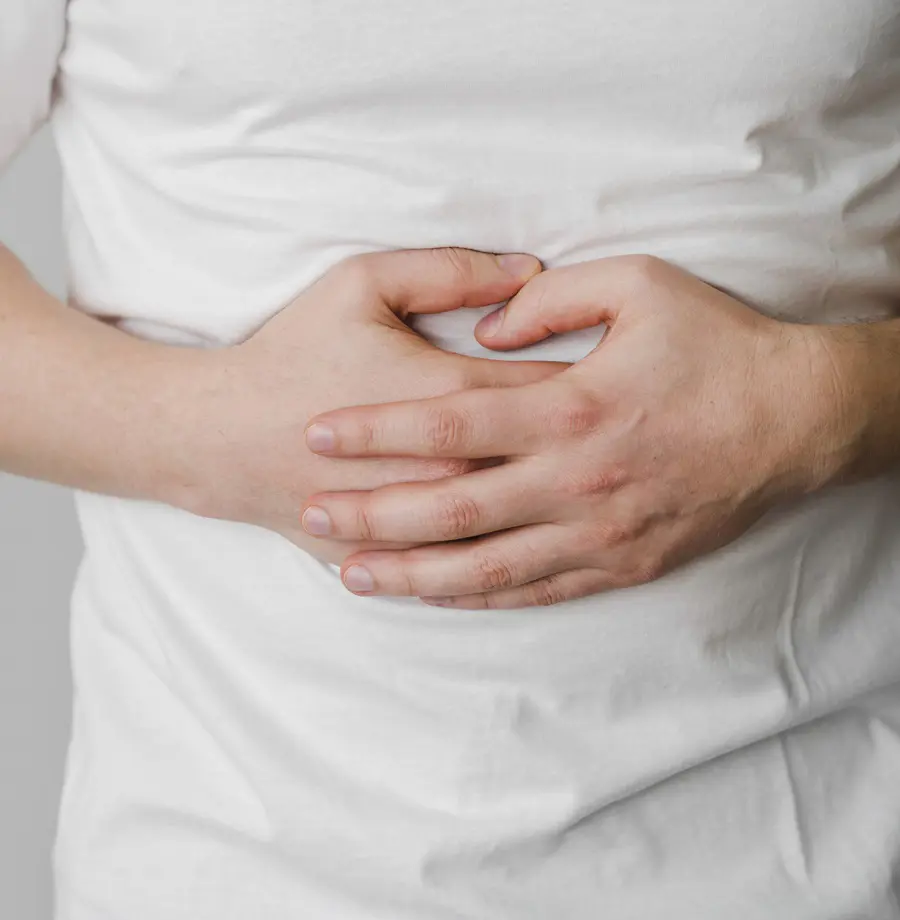
Both under-consumption and over-consumption of fibers are not good for the body. The effects that come with too little or too much fiber are listed below:
Under-Consumption
Increased Inflammation: Fibers are known to have anti-inflammatory properties that save the digestive system from As you don't consume the appropriate amount of fibers, you may have to face conditions like Inflammatory Bowel Diseases (IBD).
Irritable bowel disorders (IBS): The lesser the fibers, the more will be digestive irregularities. This may result in bloating and discomfort which are common symptoms of IBS.
Chronic Diseases: The regular intake of fiber which was supposed to support heart health, prevent glucose spikes and prevent toxic accumulation in colon cells can be abrupted by decreasing fiber intake. So, you will ultimately be prone to chronic diseases like cardiovascular diseases, diabetes and colon cancer.
Over-Consumption
Diarrhea: One of the most immediate effects of eating too much fiber is diarrhea. You will notice this if your diet specifically has high amount of insoluble fibers, they will speed up the movement of stool in the digestive tract. As a result, loose or watery stool may occur.
Digestive Discomfort: It's not proper to immediately increase the fiber intake. As fibers are food for bacteria, they get fermented in the gut by releasing gases. A large amount of fiber hence means bloating, gas and cramping to some extent.
Affects People with Certain Conditions: Ulcerative colitis and Cohn’s disease, common forms of IBDs, result in a sensitive stomach. This means for people who are going through these situations, diarrhea, abdominal pain, and cramping are common.
High fiber intake can be relatively more problematic for individuals whose IBDs are in a flare as fibers can be abrasive to the already sensitive linings of the gut.
Recent posts
Lifestyle
Lifestyle
How Much Omega-3 Per Day Is The Right Amount?
Omega-3 fatty acids are advantageous for so many aspects of health-from heart, brain to joints. So, "How much to add" can be a general query of many. To help you get through this, and to let you know the appropriate amounts needed depending on the ag...
Lifestyle
How Much Protein Should You Consume In a Day?
Protein is one of the macronutrients that are essential in the human body for tissue building, repair, immunity and hormonal balance. The Recommended Daily Allowance or RDA covers a daily protein allowance of 0.8 grams per kilogram of body weight wh...
Lifestyle
How To Fillet A Fish?
Nothing beats the deep happiness of filleting your own fish, but only if you have done it before. While beginners might find it challenging at first, the process becomes easier with the right guidance. Whether you are filleting with a fresh catch or ...
Lifestyle
Is Apple Cider Vinegar Good For Weight Loss? How To Use
Shedding those extra pounds is a tough task for all. And for individuals in this journey, looking for trends that have gained significant traction is not a new thing. One such trend that has caught the attention of many is the use of apple cider vine...
Lifestyle
How to Digest Food Faster? 11 Natural Ways To Improve
As we have stepped into the world of a more sedentary lifestyle, all of us are more prone to physiological disorders. One of the consequences of not getting exposed to proper exercise is a delay in the digestion rate. For people who are on desk jobs,...
Lifestyle
How To Get Vitamin D From Sun?
Vitamin D is an essential vitamin, meaning, if you don't get it from external sources there's a high chance you will have a vitamin D deficiency. Sun is one of the natural sources of vitamin D, but wait a bit, don't get confused, merely spending time...





